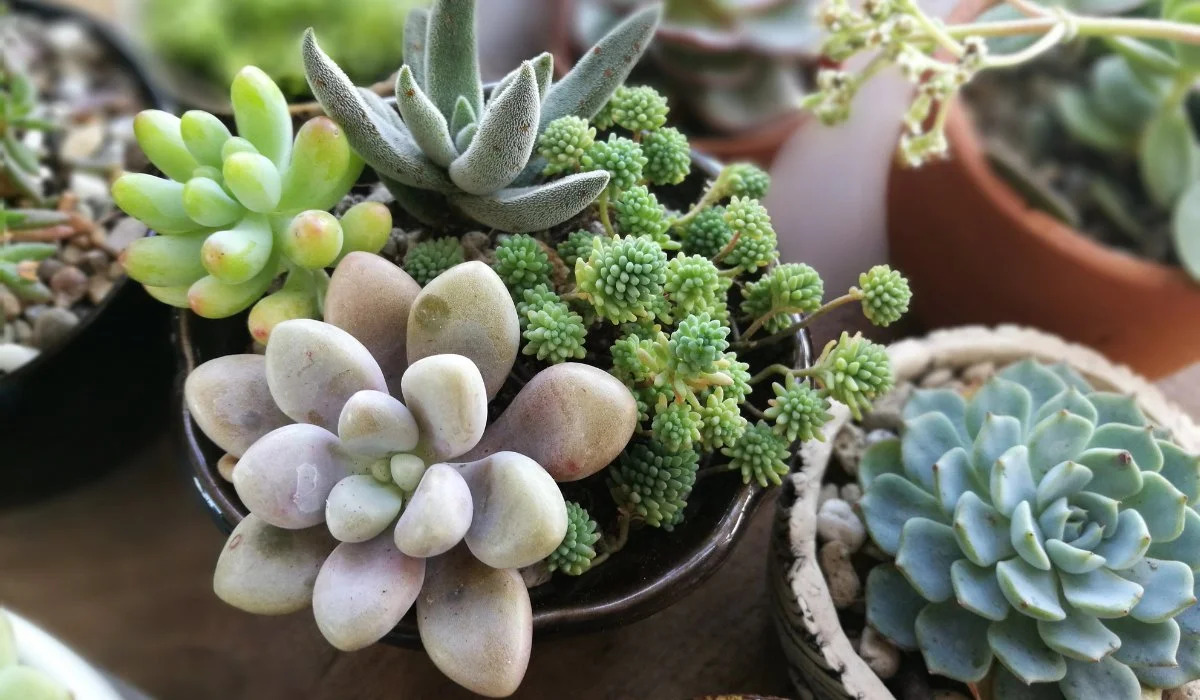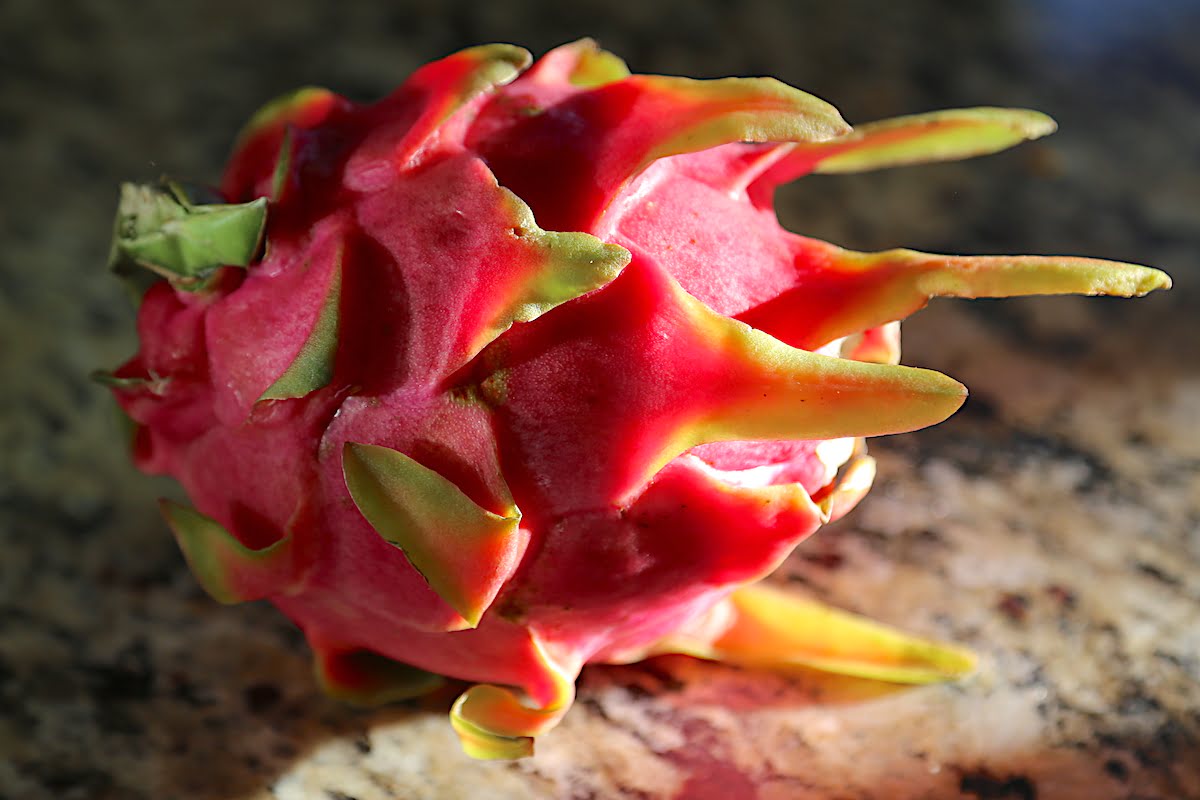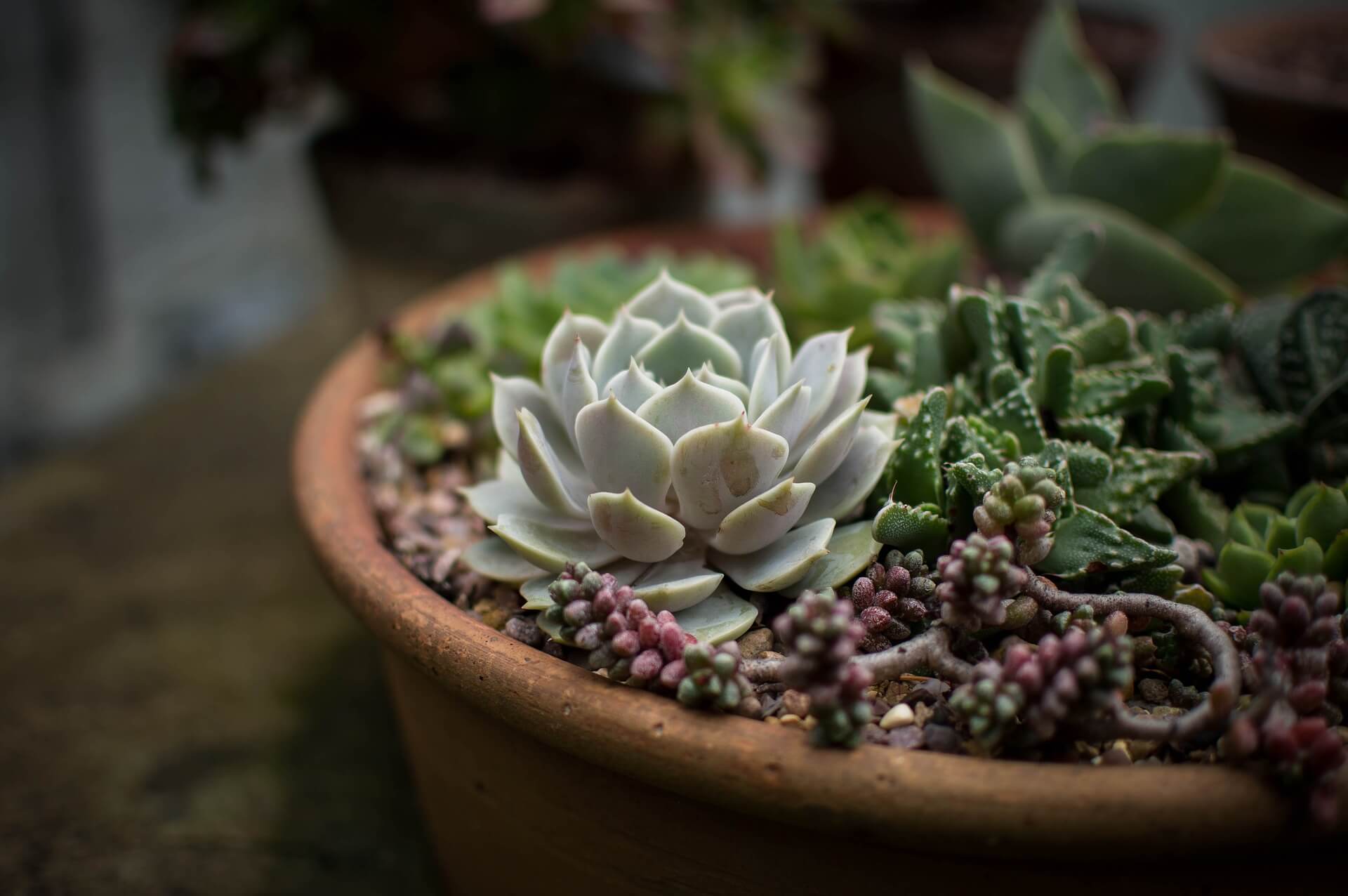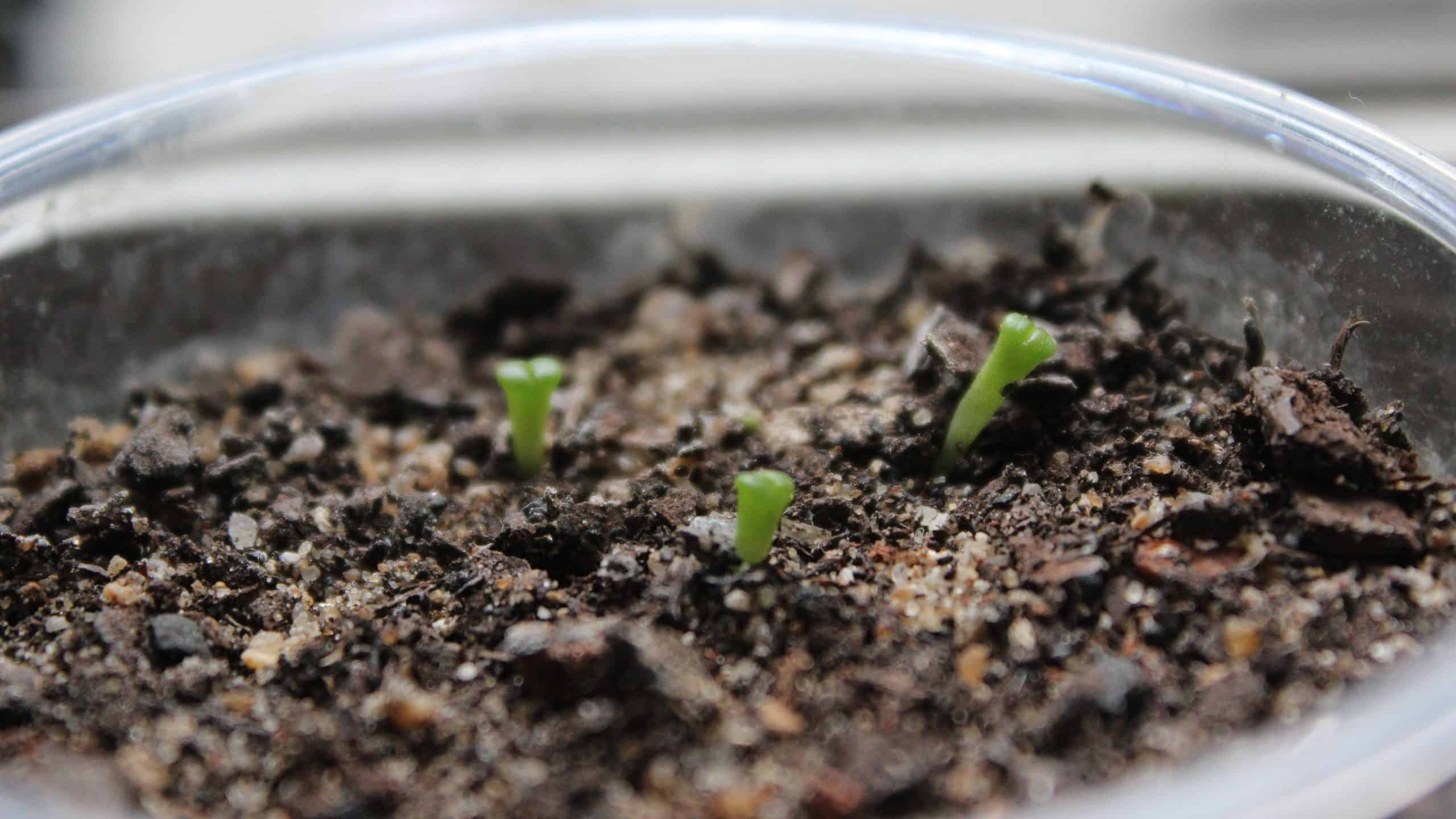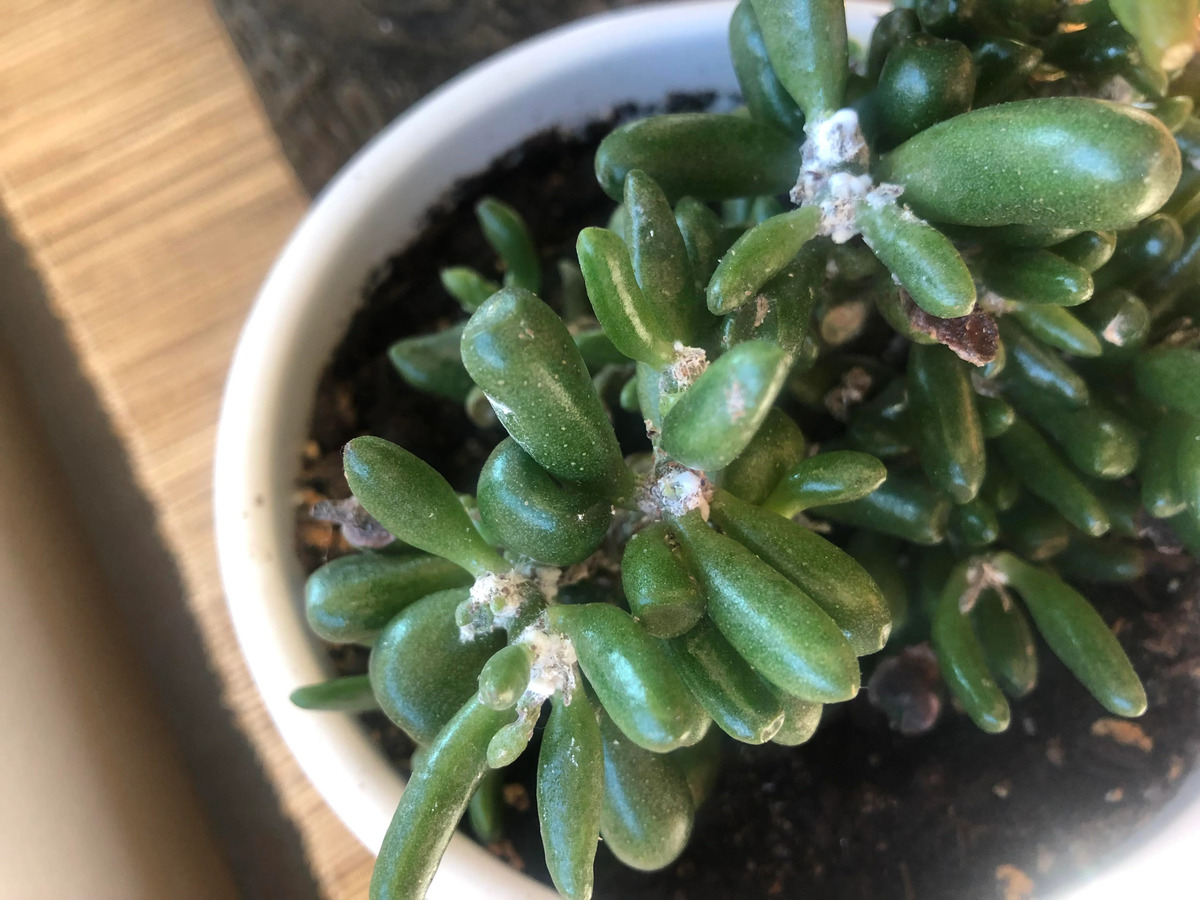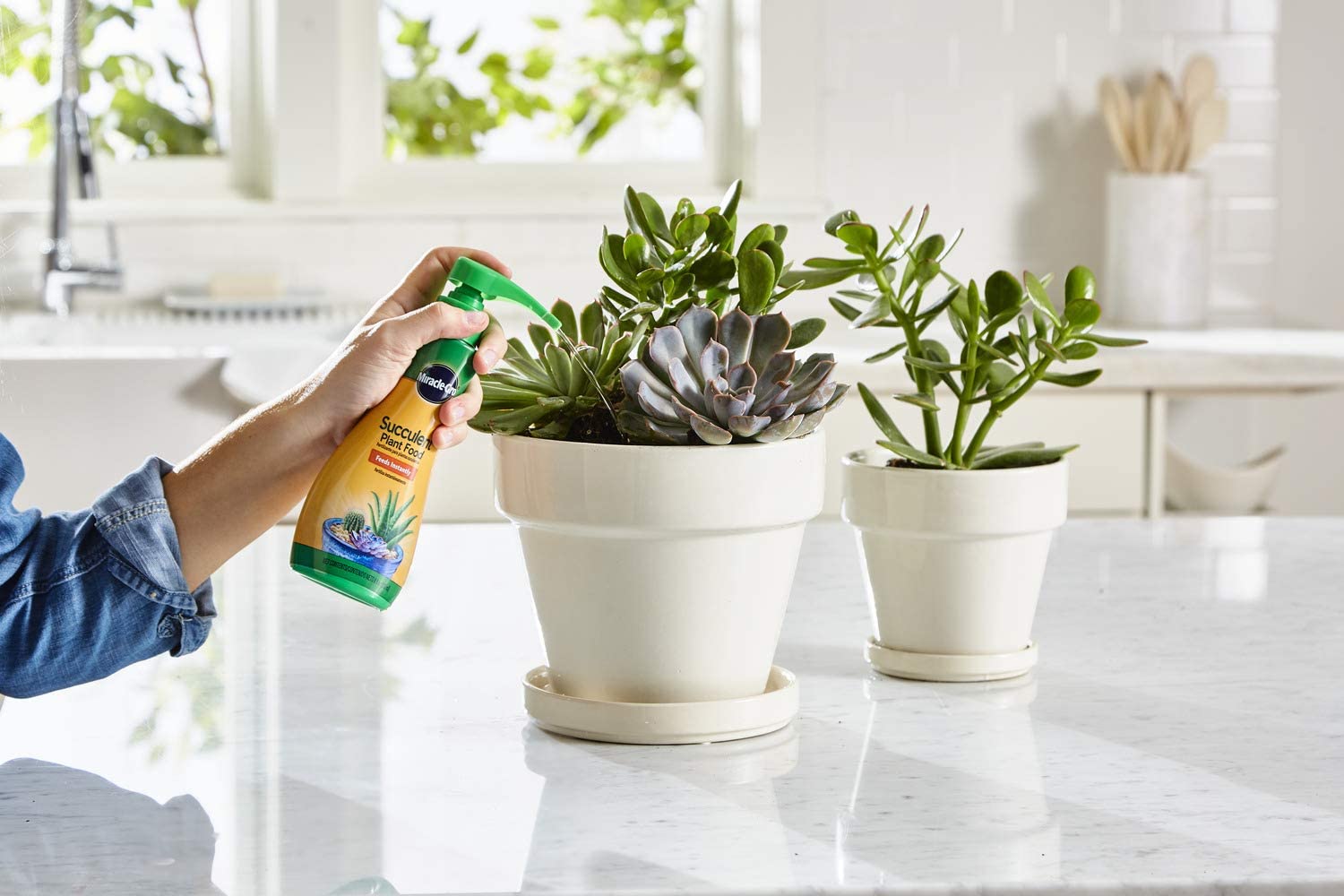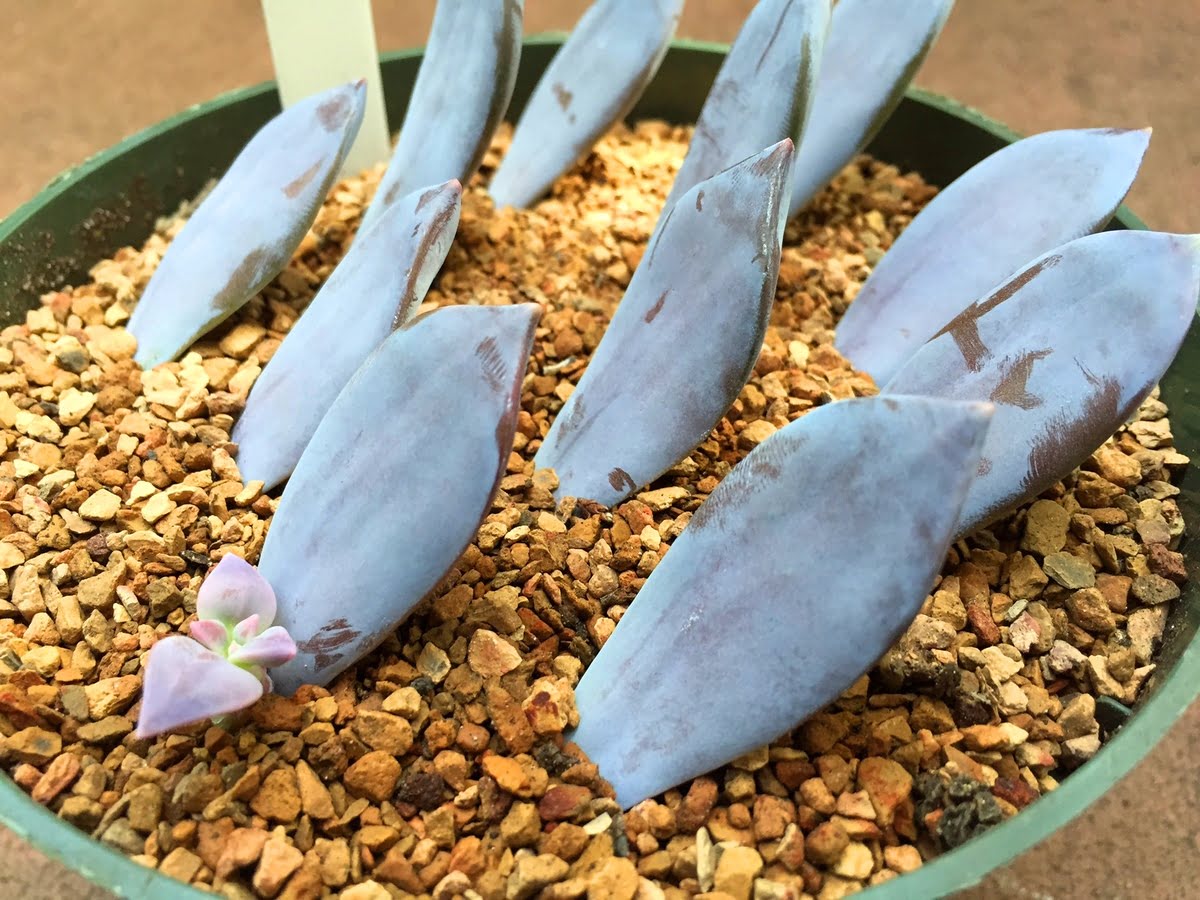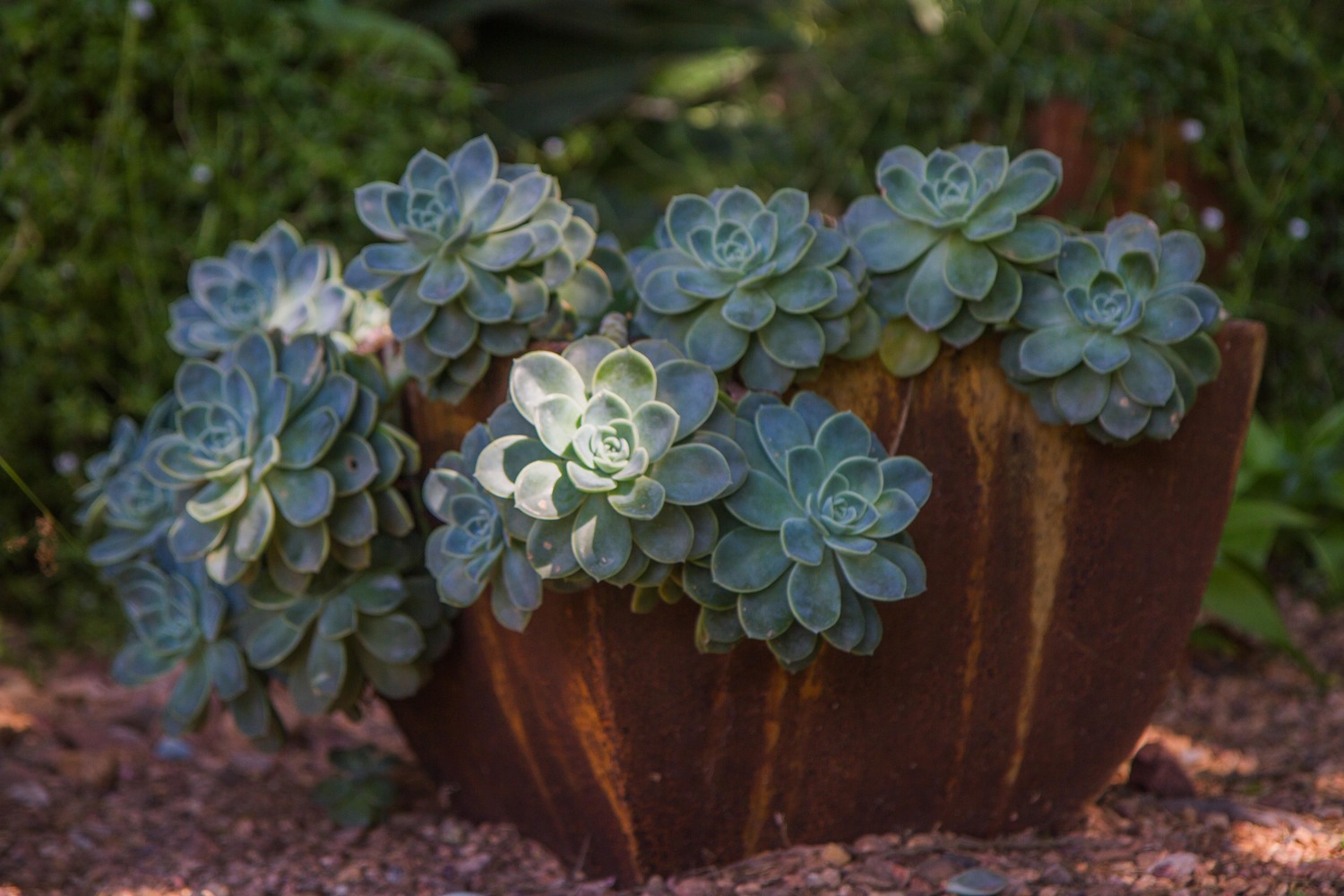Home>Types of Gardening>Ornamental Gardening>What Are Succulents Plants
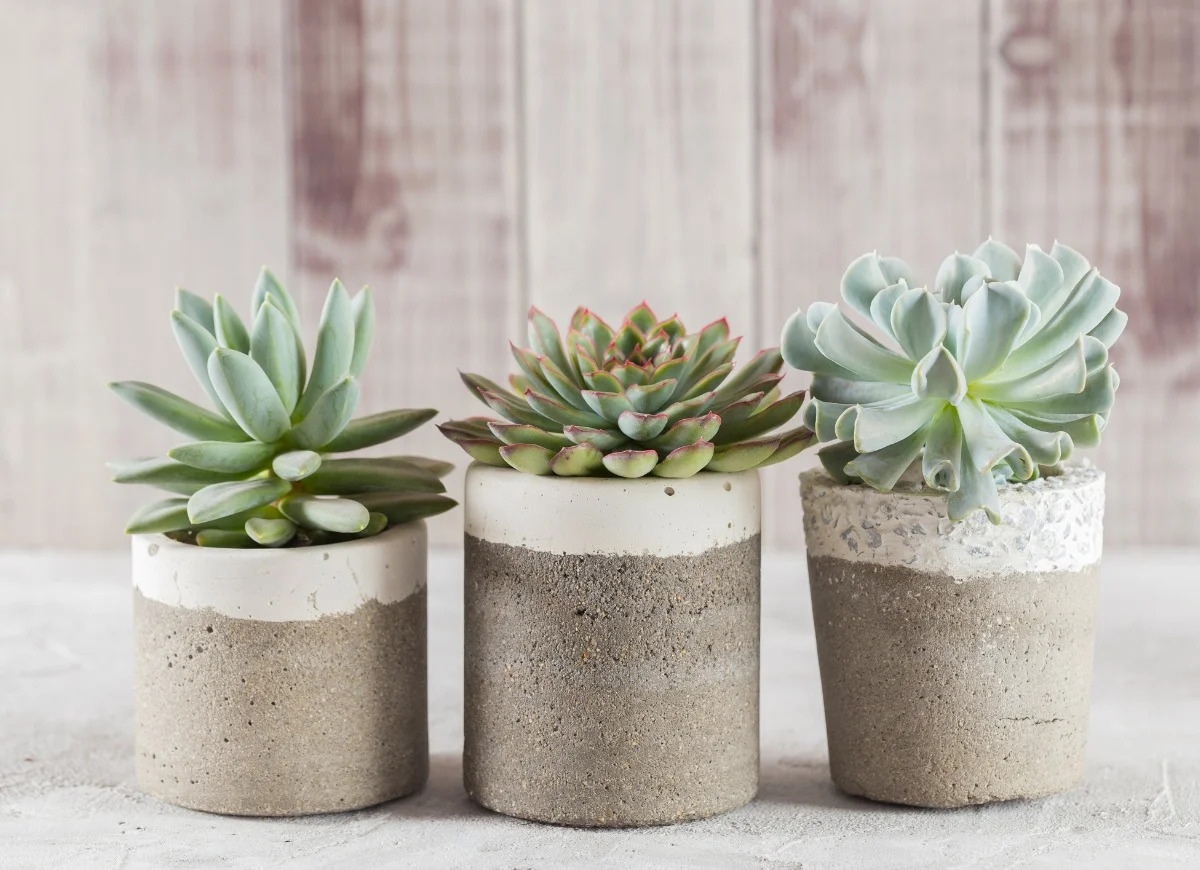

Ornamental Gardening
What Are Succulents Plants
Published: December 25, 2023
Discover the beauty of succulent plants and learn all about ornamental gardening techniques. Find out how to grow and care for these trendy and low-maintenance plants.
(Many of the links in this article redirect to a specific reviewed product. Your purchase of these products through affiliate links helps to generate commission for Chicagolandgardening.com, at no extra cost. Learn more)
Table of Contents
Introduction
Succulent plants have gained tremendous popularity in recent years, becoming a staple in both indoor and outdoor gardens. With their unique and captivating beauty, succulents have captured the hearts of plant enthusiasts worldwide.
But what exactly are succulent plants? Why are they so beloved? And how can you care for these fascinating plants to ensure their health and longevity? In this article, we will delve into the world of succulent gardening and explore the various aspects of growing and nurturing succulent plants.
Succulents are a diverse group of plants that have evolved to survive in arid and dry environments. The term “succulent” comes from the Latin word “succus,” which means “juice” or “sap.” These plants have adapted to store water in their leaves, stems, or roots, allowing them to endure long periods of drought.
One of the main reasons behind the increasing popularity of succulents is their unique and captivating appearance. These plants come in a variety of sizes, shapes, and colors, making them a versatile choice for any garden or indoor space. From the spiky leaves of the Agave to the rosette-shaped Echeveria, succulents offer a wide range of visual appeal.
Moreover, succulents are known for their low-maintenance nature, making them ideal for busy individuals or those who are new to gardening. These plants require minimal watering and can thrive in a wide range of growing conditions. With a little care and attention, succulents can bring life and vibrancy to any setting.
Whether you are a seasoned gardener or a beginner, this article will provide you with valuable insights into the world of succulent plants. We will explore the characteristics of succulents, the different types of succulent plants, popular species to consider, and how to properly care for these fascinating plants. By the end of this article, you will be equipped with the knowledge and skills needed to create a thriving succulent garden.
Definition of Succulent Plants
Succulent plants are a unique group of plants that have adapted to thrive in dry and arid conditions by storing water in their leaves, stems, or roots. The term “succulent” is derived from the Latin word “succus,” which means “juice” or “sap.”
One of the defining characteristics of succulents is their ability to retain water in specialized tissues, allowing them to survive long periods without rainfall. This adaptation allows succulents to withstand the challenges of hot and dry environments, such as deserts and arid regions.
Unlike most plants that wilt and suffer in drier conditions, succulents have developed unique mechanisms to conserve water. Their thick and fleshy leaves, stems, or roots serve as water reservoirs, enabling them to endure drought and thrive in harsh environments.
In addition to their water-storing capacity, succulent plants are also known for their diverse and captivating appearances. They come in various shapes, sizes, and colors, which adds to their overall visual appeal. Some common growth forms include rosettes, columns, and trailing vines, making them versatile in designing gardens and arrangements.
The foliage of succulents can feature a wide range of textures, from smooth and shiny to rough and spiky. Many succulents also produce stunning blooms in vibrant colors, further adding to their charm. These unique visual characteristics have made succulents a favorite choice for both indoor and outdoor gardens.
The classification of succulent plants is not limited to a specific botanical family or genus. Instead, it encompasses a wide range of plant families, including but not limited to Aloeaceae, Agavaceae, Cactaceae, Crassulaceae, Euphorbiaceae, and many more. This diversity offers a vast selection of succulent species to choose from, each with its own unique features and requirements.
Overall, the definition of succulent plants revolves around their ability to store water, adaptability to dry environments, and their visually captivating characteristics. These plants have captivated the attention of gardeners and plant enthusiasts worldwide, bringing a touch of natural beauty to any setting.
Characteristics of Succulent Plants
Succulent plants possess a range of unique characteristics that set them apart from other types of plants. These features contribute to their ability to thrive in arid conditions and make them visually appealing additions to any garden or indoor space.
Water-storing capacity is one of the key characteristics of succulents. These plants have adapted to store water in their leaves, stems, or roots, allowing them to survive in dry environments with limited rainfall. The thick, fleshy tissues of succulents act as reservoirs, enabling them to store and retain water for extended periods.
Another distinctive feature of succulent plants is their specialized leaf structures. Many succulents have thick, waxy, or hairy leaves that can help reduce water loss through transpiration. Some succulents even have modified leaves called “spines” or “prickles,” which serve multiple purposes, including protecting the plant from predators and reducing water loss by shading the plant surface.
In addition to their water-storing and leaf adaptations, succulents often display unique growth forms. Common growth forms include rosettes, where the leaves grow in a circular arrangement from a central point, and columns, which are upright, elongated stems. Trailing or cascading succulents have flexible stems that grow horizontally or dangle from containers, adding a cascading or trailing effect.
Many succulent plants also feature a striking range of colors and textures. The foliage of succulents can encompass shades of green, blue, red, purple, and even silver. These vibrant hues make succulents visually appealing and add diversity to any plant collection. Furthermore, the texture of succulent leaves can vary from smooth and shiny to rough and textured, adding visual interest and tactile appeal.
Succulents are often low-maintenance plants, making them suitable for busy individuals or those new to gardening. They have evolved to withstand harsh conditions and require minimal watering. Many succulent species thrive in well-draining soil and appreciate exposure to sunlight, although some can also tolerate partial shade.
Overall, the characteristics of succulent plants, including their water-storing capacity, specialized leaf structures, unique growth forms, and captivating colors and textures, contribute to their popularity among plant enthusiasts. They not only offer natural beauty but also require less maintenance compared to other plant types, making them an appealing choice for both beginners and experienced gardeners alike.
Types of Succulent Plants
Succulent plants encompass a wide variety of species, each with its own unique characteristics and requirements. While it is impossible to cover every single succulent species in this article, we will explore some popular types that are commonly found in gardens and collections:
- Agave: Agave plants are known for their rosette-shaped leaves with sharp, spiky edges. They come in various sizes, from small compact varieties to large architectural specimens. Agaves are often found in arid regions and have a slow growth rate, making them ideal for landscape focal points.
- Aloe: Aloe plants are treasured for their medicinal properties and striking architectural forms. They produce rosettes of fleshy leaves that can range from green to gray, sometimes with white spots or stripes. Many aloe species also produce vibrant coral or orange flowers.
- Echeveria: Echeverias are beloved for their rosette-shaped foliage and stunning color variations. These succulents often feature pastel hues, including shades of pink, purple, blue, and green. With their compact and symmetrical growth habit, echeverias are popular choices for container gardens and floral arrangements.
- Sedum: Sedums, also known as stonecrops, are versatile succulent plants that come in a wide range of forms. They can be low-growing ground covers or tall, upright varieties. Sedums are appreciated for their showy flowers, which can be white, yellow, pink, or even deep burgundy.
- Crassula: Crassulas are a diverse group of succulents, commonly known as jade plants. They feature fleshy leaves and often have a tree-like growth habit that adds an interesting dimension to gardens. Crassulas are easy to care for and are popular choices for beginner succulent enthusiasts.
- Haworthia: Haworthias are small succulents known for their architectural foliage and intricate patterns. These plants often have rosettes of spiky, fleshy leaves that can be translucent or covered in white bands or tubercles. Haworthias thrive in bright, indirect light and are suitable for small container gardens.
These are just a few examples of the diverse array of succulent plants available. Other popular succulents include Kalanchoe, Crassula, Stapelia, and many more. Each type of succulent brings its own unique charm and requirements, allowing you to create a varied and visually stunning succulent garden or collection.
When selecting succulents, consider their growth habit, foliage color and texture, size, and the conditions they require to thrive. By incorporating different types of succulents, you can create eye-catching combinations and arrangements, transforming any space into a succulent haven.
Popular Succulent Species
With the growing fascination for succulent plants, several species have emerged as popular choices among gardeners and plant enthusiasts. These species showcase a wide range of visually stunning features and are known for their adaptability and ease of care. Let’s explore some of the most sought-after succulent species:
- Sempervivum: Sempervivums, also known as hens and chicks, are beloved for their rosette-shaped foliage, which forms tight clusters. These plants come in a variety of colors, including green, red, and purple. Sempervivums are cold-hardy succulents that can tolerate freezing temperatures, making them suitable for outdoor gardens in cooler regions.
- Senecio: Senecio plants, such as the popular String of Pearls (Senecio rowleyanus), are known for their trailing or cascading growth habit. They feature cylindrical or spherical leaves that resemble tiny pearls on a string. Senecios require bright, indirect light and well-draining soil, making them excellent choices for hanging baskets or elevated planters.
- Euphorbia: Euphorbias encompass a vast group of succulent plants with diverse forms and growth habits. One well-known species is the Crown of Thorns (Euphorbia milii), which displays clusters of small, colorful flowers surrounded by spiky, thorny stems. Euphorbias are known for their drought tolerance and can thrive in hot, sunny conditions.
- Crassula ovata: The Jade Plant (Crassula ovata) is a classic succulent known for its thick, oval-shaped leaves and small star-shaped flowers. It is a popular choice as a houseplant due to its low maintenance requirements and ability to tolerate a wide range of light conditions.
- Aeonium: Aeoniums are stunning succulents with rosettes of thick, fleshy leaves that can vary in color from green to purple or even black. These plants create a striking visual impact and are particularly popular in Mediterranean-style gardens or as potted specimens.
- Kalanchoe: Kalanchoes are beautiful flowering succulents that produce clusters of vibrant blooms in shades of red, pink, orange, or yellow. They require bright light and well-draining soil, making them a perfect addition to indoor or outdoor gardens seeking a pop of color.
These are just a few examples of popular succulent species, and there are numerous others to explore and appreciate. Part of the charm of succulents lies in the vast range of colors, shapes, and textures they offer, allowing you to create unique and captivating displays.
When choosing popular succulent species, always consider the specific care needs of each plant, including light requirements, watering habits, and soil preferences. This knowledge will help ensure that your chosen succulents thrive and bring continuous joy to your garden or indoor space.
Caring for Succulent Plants
Succulent plants are renowned for their ease of care, making them ideal options for both experienced gardeners and beginners. By providing the right conditions and following a few essential care guidelines, you can ensure the health and longevity of your succulent plants. Here are some key aspects to consider when caring for succulents:
1. Light: Most succulents thrive in bright, indirect light. Place them near a window or in an area that receives several hours of sunlight each day. Some succulents can tolerate direct sunlight, but it’s important to acclimate them gradually to prevent sunburn on their leaves.
2. Watering: Succulents have adapted to survive in dry conditions, so they should not be overwatered. Water your succulents thoroughly but allow the soil to dry out between waterings. It’s better to underwater than to overwater, as excessive moisture can lead to rot. Adjust your watering schedule based on the specific needs of your succulent species and the environmental conditions.
3. Soil: Use a well-draining soil mix specifically formulated for succulents or create your own by combining regular potting soil with coarse sand, perlite, or pumice. This ensures that excess water can drain away, preventing root rot. Avoid using heavy, moisture-retaining soil mixes, as they can hold too much water and lead to damage.
4. Temperature and Humidity: Most succulents thrive in warm temperatures ranging from 60°F to 80°F (15°C to 26°C). However, specific temperature requirements may vary depending on the species. Succulents generally prefer low humidity levels, so ensure adequate air circulation and avoid placing them in high humidity areas.
5. Fertilizing: Succulents have lower nutrient requirements compared to other plants. Use a balanced, water-soluble fertilizer diluted to half strength during the active growing season (usually spring and summer). Apply the fertilizer sparingly, as over-fertilization can lead to burnt leaves or leggy growth.
6. Propagation: Propagating succulents can be an exciting and rewarding process. Many succulents can be propagated through leaf cuttings or stem cuttings. Allow the cuttings to callus over for a few days before planting them in well-draining soil. With time and proper care, these cuttings will develop into new plants.
7. Pests and Diseases: While succulents are generally resistant to pests and diseases, they can be susceptible to issues such as mealybugs, aphids, or fungal infections. Regularly inspect your plants and take necessary measures to control any potential problems. Isolating new plants for a few weeks can help prevent the spread of pests or diseases to your existing collection.
Remember to observe your succulent plants regularly and adjust your care routine based on their specific needs. As with any plant, individual preferences and environmental factors can influence their growth and health. By providing the right light, watering judiciously, and taking appropriate measures to protect them, your succulent plants will thrive and bring joy to your garden or indoor space for years to come.
Propagating Succulent Plants
Propagating succulent plants is a rewarding and enjoyable process that allows you to expand your collection and share the beauty of these plants with others. Succulents can be propagated through various methods, including leaf cuttings, stem cuttings, and offsets. Here are some common techniques for propagating succulent plants:
Leaf Cuttings:
To propagate succulents from leaf cuttings, gently remove a healthy leaf from the parent plant by twisting it or using a clean, sharp knife. Allow the leaf to callus over for a few days to prevent rot. Then, place the callused end of the leaf in well-draining soil or a propagation mix, burying it slightly. Mist the soil lightly with water, and place the cutting in a location with bright, indirect light. After a few weeks, roots will start to develop, followed by new baby plants sprouting from the base of the leaf. Eventually, the original leaf will wither away, and you will be left with a new, independent plant.
Stem Cuttings:
To propagate succulents from stem cuttings, use a clean, sharp knife or scissors to carefully cut a healthy stem section from the parent plant. Allow the cutting to dry and develop calluses for a few days. Once callused, plant the stem cutting in a well-draining soil mix, burying it slightly in the soil. Water sparingly in the beginning, allowing the soil to dry out between waterings. Place the cutting in a location with bright, indirect light. After a few weeks, roots will start to grow, providing stability and support to the new plant.
Offsets:
Many succulent species produce offsets, or small baby plants, that can be easily separated from the main plant and propagated independently. Gently separate the offset from the parent plant using your fingers or a clean, sharp tool. Allow the offset to dry and develop calluses for a few days. Then, plant the offset in a well-draining soil mix, burying the base slightly. Mist the soil lightly with water and place the newly planted offset in a location with bright, indirect light. Water sparingly to avoid overwatering.
During the propagation process, it is important to provide the right environmental conditions for the new plants. Ensure good air circulation, avoid excessive moisture, and provide adequate light without exposing the new plants to direct sunlight. Monitor the moisture levels and adjust your watering routine accordingly, allowing the soil to dry out between waterings to prevent rot.
Propagation can be a patient process, and it may take several weeks or even months for new growth to emerge. Be mindful of the specific needs of each succulent species and adjust your care accordingly. With time and proper care, you will be rewarded with new, healthy succulent plants that you can enjoy or share with other succulent enthusiasts.
Experiment with different propagation methods and explore the diversity of succulent plants. This hands-on approach allows you to witness the fascinating process of new growth and adds a sense of fulfillment to your succulent gardening journey.
Common Problems with Succulent Plants
While succulent plants are relatively low-maintenance, they can still encounter certain issues that affect their health and appearance. Being aware of these common problems and knowing how to address them promptly can help ensure the well-being of your succulent plants. Here are some common problems that succulent owners may encounter:
1. Overwatering: Overwatering is one of the most common issues faced by succulent owners. These plants are adapted to survive in arid conditions and are susceptible to root rot if exposed to excessive moisture. Avoid watering on a fixed schedule and instead, water your succulents only when the soil has completely dried out.
2. Underwatering: While succulents are drought-tolerant, they still require regular watering. Underwatering can lead to dehydration and wilting. It’s important to find the right balance and water your succulents when the soil is dry to the touch, typically every 1-2 weeks depending on environmental conditions.
3. Poor Drainage: Succulents require well-draining soil to prevent waterlogged roots. Using a suitable soil mix that allows excess water to drain away is essential. Additionally, ensure that the container has drainage holes to prevent water from pooling at the bottom.
4. Lack of Light: Insufficient light can cause succulents to grow tall and leggy or become pale in color. Place your succulents in a location with bright, indirect light. If growing indoors, consider using grow lights to supplement natural sunlight.
5. Pest Infestations: Succulents are generally resistant to pests, but sometimes they can fall victim to mealybugs, aphids, or spider mites. Regularly inspect your plants and treat any infestations immediately. You can use natural remedies like neem oil or insecticidal soap or manually remove pests with a cotton swab dipped in rubbing alcohol.
6. Diseases: Overwatering or poor airflow can lead to fungal diseases such as root rot or powdery mildew. Prevent these issues by allowing the soil to dry out between waterings and ensuring adequate air circulation around the plants. If you notice signs of disease, remove the affected parts and adjust your care routine to prevent further spread.
7. Improper Propagation: While propagating succulents can be an exciting process, it’s important to follow the correct techniques. Improper propagation methods or inadequate care during the process can result in unsuccessful rooting or weak new plants. Research the specific requirements for each succulent species before attempting propagation.
By staying vigilant and addressing these common problems as soon as they arise, you can help your succulent plants thrive. Remember to observe your plants regularly, adjust your care routine as needed, and provide the optimal growing conditions for your succulents. With proper care, you can enjoy a flourishing collection of healthy and beautiful succulent plants.
Conclusion
Succulent plants have captivated the hearts of gardeners and plant enthusiasts with their unique beauty, resilience, and ease of care. From their ability to store water in their leaves, stems, or roots to their diverse array of shapes, sizes, and colors, succulents bring a touch of natural wonder to any garden or indoor space.
In this article, we explored the definition of succulent plants and the characteristics that make them so fascinating. We discussed various types of succulent plants, including examples of popular succulent species that grace gardens and collections worldwide. Additionally, we delved into essential care guidelines for succulents, emphasizing the importance of providing proper light, water, soil, and temperature conditions.
We learned that succulents can be propagated through methods such as leaf and stem cuttings or by separating offsets. Propagation allows for the expansion of collections and the joy of witnessing new growth and independent plants emerge.
Furthermore, we discussed common problems that may arise when caring for succulent plants, such as overwatering, underwatering, poor drainage, lack of light, pest infestations, or diseases. By addressing these issues promptly and adjusting our care routines accordingly, we can ensure the health and longevity of our succulent plants.
In conclusion, succulent plants offer an incredible array of visual beauty and bring joy to any space they inhabit. With their ability to thrive in arid conditions and their low-maintenance nature, succulents provide an accessible and rewarding gardening experience for beginners and seasoned gardeners alike.
So, whether you’re looking to create a stunning succulent garden centerpiece or add a touch of greenery to your indoor space, succulents are the perfect choice. Embrace these captivating plants, experiment with different varieties, and enjoy the beauty and tranquility they bring to your life.
